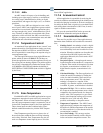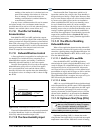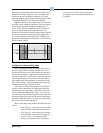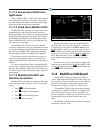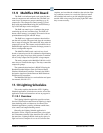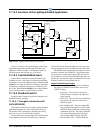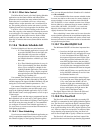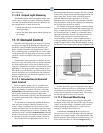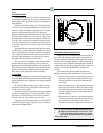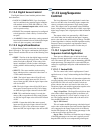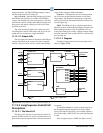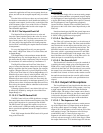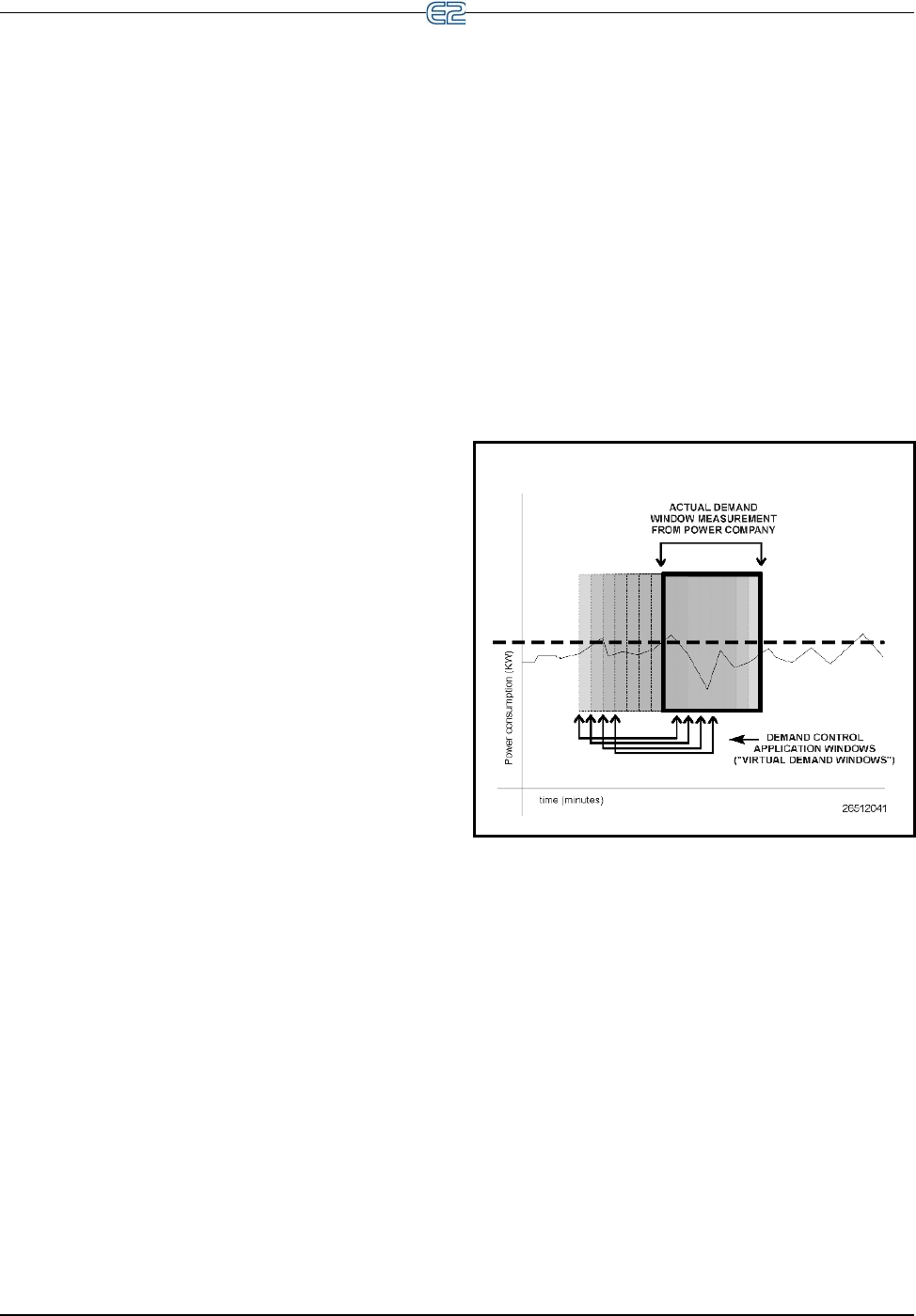
Demand Control Software Overview • 11-35
proof latch time.
11.10.9 Output Light Dimming
The dimming feature allows the lighting output to be
varied based on a light level sensor. Dimming capability
can work with both Standard Control and Alternate Con-
trol configuration. For setup, the user can:
• Specify the light levels for the minimum and maxi-
mum light output.
• Specify the ramp speed that the indoor lighting out-
put changes.
11.11 Demand Control
Demand Control applications are used by E2 to keep
the total power usage of the building environmental sys-
tem below a specific demand setpoint dictated by the
pow
er company. Demand Control applications achieve
this by reducing power consumption in one or more appli-
cations in the other E2 applications
as necessary until the
total KW is below the setpoint. This process is called load
shedding.
The Demand Control application
is designed to calcu-
late power usage in much the
same way power companies
do, which ensures that it will be able to meet the power
company’s demand limit accurately. The Demand Control
application is also designed with a large amount of flexi-
bility in the way load shedding i
s prioritized, which allows
users to maximize power economization with a minimal
amount of interference into the normal operations of the
building’s HVAC systems.
11.11.1 Introduction to Demand
Limit Control
Power companies supply power to consumers at a
fixed rate per kilowatt hour until a pre-defined level of
energy consumption is reached. This level is called the
demand limit. When the demand limit is exceeded, the
rate is greatly increased as a penalty for high power
demand by the consumer. Typically, once the demand limit
is exceeded, the increased rate is charged for the remain-
der of the year.
To determine if a consumer has reached the demand
lim
it, the power company arbitrarily monitors a con-
sumer’s energy consumption for a fixed period of time
(u
sually anywhere from 15 to 30 minutes with most power
companies, although it may be as short as 5 minutes). This
monitoring period is called the demand window. Demand
windows are always the same length of time, but they may
be measured at any time the power company chooses to.
Since Demand Control applications have no way of
det
ermining when the power company will start a demand
window, they simply assume that the demand window can
begin at any time. As new values of the KW input are
gathered, Demand Control applications “roll” their
demand windows forward and recalculate their load shed-
ding algorithms as if the power company
were measuring
the average power of the new window.
For example, if the power company’s demand window
lasts for 1
5 minutes, the Demand Control applications will
keep a constant real-time average of all recorded KW val-
ues from the previous 15 minutes. If a Demand Control
app
lication determines from its calculations that the cur-
rent KW usage might cause its demand limit to be
exceeded for the current
or a future demand window, it
will begin shedding loads to bring the KW usage down. A
graphic example of the “rolling demand window” used by
the Demand Control application is shown in Figure 11-20.
Figure 11-20
- Example of “Rolling Demand Window”
In short, the primary goal of a Demand Control appli-
cation is to make sure that every possibl
e interval of time
that might be used by the power company as a demand
window will be under the set demand limit. This ensures
the demand setpoint will never be exceeded.
11.11.2 Demand Monitoring
The E2 either monitors power using an analog KW
transducer (which sends the current KW usage via analog
signal), or monitors energy consumption using a digital
watt-hour transducer (which pulses to signify a fixed
amount of watt-hours have been used).
As mentioned in Section 11.11.1, Int
roduction to
Demand Limit Control, all KW input values are gathered
together and averaged together in a demand window. The
dem
and setpoint is then subtracted from this average. The
result of this calculation is called the integral error (or



